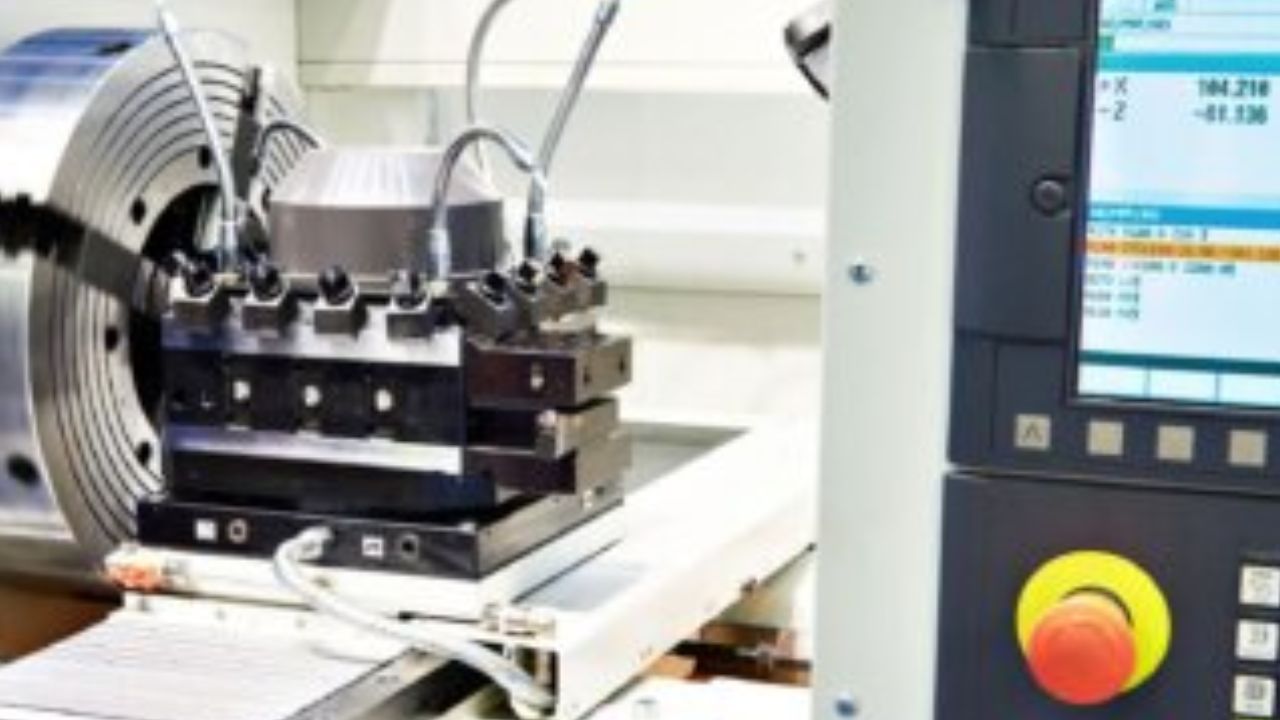Tolerance in CNC machining refers to the acceptable variation or permissible departure of a machined part's dimensions, geometry, and surface properties from the intended design or blueprint standards. It denotes the permissible range that the part's final dimensions and features can fall into without compromising the component's integrity or operation. Engineering drawings and computer-aided design (CAD) models use specialized notations and symbols, like numerical values or Geometric Dimensioning and Tolerancing (GD&T) annotations, to specifically specify tolerances.
These tolerance criteria provide precise guidelines on the upper bounds that can be applied to surface finishes, geometric forms, dimensional variances, and positional connections, which are useful for CNC operators and machinists. For CNC Machining Machining Tolerances to be successful, tolerances must be precisely defined in order to guarantee that produced parts meet design requirements, fit together correctly in assemblies, and function as intended within specified limits of accuracy and precision.
Kinds of Tolerance Machining
Of course, in order to guarantee precise and accurate components, I'll give a general overview of the many kinds of tolerances in CNC machining.
Tolerances for dimensions
The permissible range of deviations in linear measurements, such as length, width, and height, is defined by dimensional tolerances. The amount that a certain dimension can depart from the nominal or goal dimension is determined by these tolerances.
Geometric Tolerances
These limits govern the shape, alignment, profile, and placement of features in respect to one another. They are frequently established through the use of Geometric Dimensioning and Tolerancing (GD&T). Concentricity, parallelism, circularity, perpendicularity, and position tolerance are a few of these.
Positional Tolerances
These limits specify the amount of departure that a feature or pattern of features can have from its intended location. For sections where the relative placement of particular features is essential to functionality, this kind of tolerance is vital.
Surface Finish Tolerances
After machining, surface finish tolerances describe the permitted changes in the surface's roughness, texture, and general quality. To guarantee that the intended finish is obtained without going over permitted variances, specifications are given.
Profile Tolerances
Profile tolerances regulate a feature's surface boundary to guarantee that it follows the designated profile shown on the drawing. This involves managing the border and form of complex geometries or uneven surfaces. The allowable angular variations of a feature with respect to the reference axes are defined by orientation tolerances. This encompasses parallelism, perpendicularity, and angularity.
Concentricity and Symmetry Tolerances
In CNC machining, the term "concentricity tolerance" refers to the permissible deviation between the centers of two coaxial features, guaranteeing that they have a common center axis. The equality of form and size on opposing sides of a part or feature with respect to a specified axis is governed by symmetry tolerance. These tolerances play a critical role in guaranteeing balanced and accurately aligned components, especially in parts where even distribution of material and axial alignment are necessary for optimal assembly and operation.
Runout Tolerances
A feature or surface that rotates without swaying or deviating from its actual circular path is guaranteed by runout tolerances, which control the circular and total indicator runout. Flatness tolerance controls how much a surface can vary in its flatness while still being under the predetermined tolerance for deviating from a perfect plane.
Tolerances for circularity and cylinders
Circularity tolerances regulate how round circular features are, making sure that the resulting shape stays within predetermined bounds. The roundness and straightness of cylindrical features are preserved by cylinder tolerances.
Tolerance Stack-Up
Tolerance stack-up refers to the accumulation of various tolerances in an assembly. When combining multiple features or parts, the cumulative effect of individual tolerances needs to be considered to ensure proper fit and functionality.
Conclusion
The several kinds of tolerances used in CNC machining come together to create a comprehensive framework that regulates the acceptable bounds and variances in the dimensions, geometries, and surface characteristics of machined parts. These tolerances are essential rules that guarantee functional integrity, accuracy, and precision throughout the production process.

